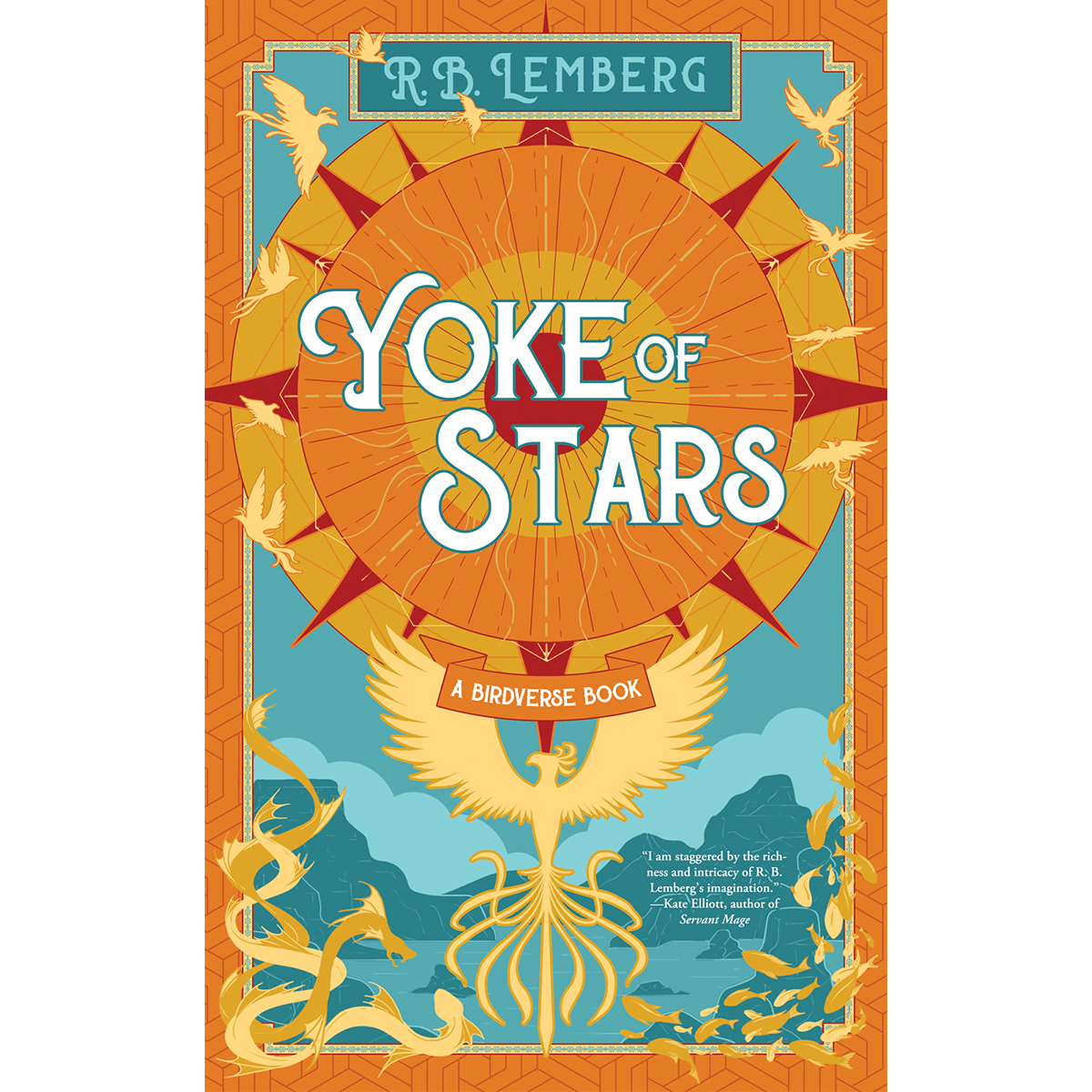
R.B. Lemberg (they/them) is a queer, bigender author and scholar originally from L’viv, Ukraine. R.B.'s speculative fiction has been shortlisted for the 2023 Le Guin Prize, and was a finalist for the Nebula, Ignyte, Locus, World Fantasy, Otherwise, and other awards. Their Birdverse novella Yoke of Stars is forthcoming from Tachyon in 2024. R.B.’s research interests include sociolinguistics of Jewish and Slavic languages, translation studies, LGBTQIA+ studies, and science fiction studies. R.B. lives in Lawrence, Kansas with their spouse Bogi Takács, their teen Mati, and a friendly gathering of books and fountain pens.
Many of R.B.’s works of fiction and poetry are set in the Birdverse, a fantasy world, named after its Bird deity. It is a complex, culturally diverse world with many LGBTQIA+ characters and different family configurations. Birdverse is deeply inspired by Jewish languages, history, and culture.
R.B. Lemberg is represented by Mary C. Moore at Aevitas Creative.
BOOKS






